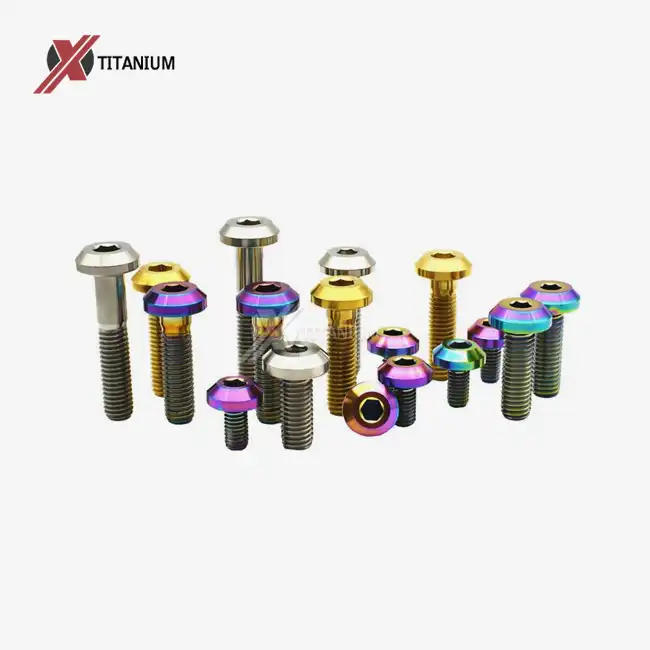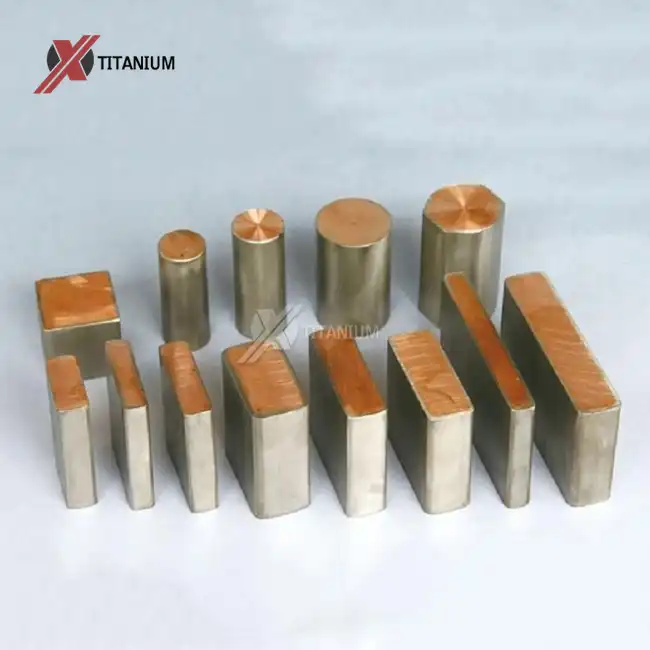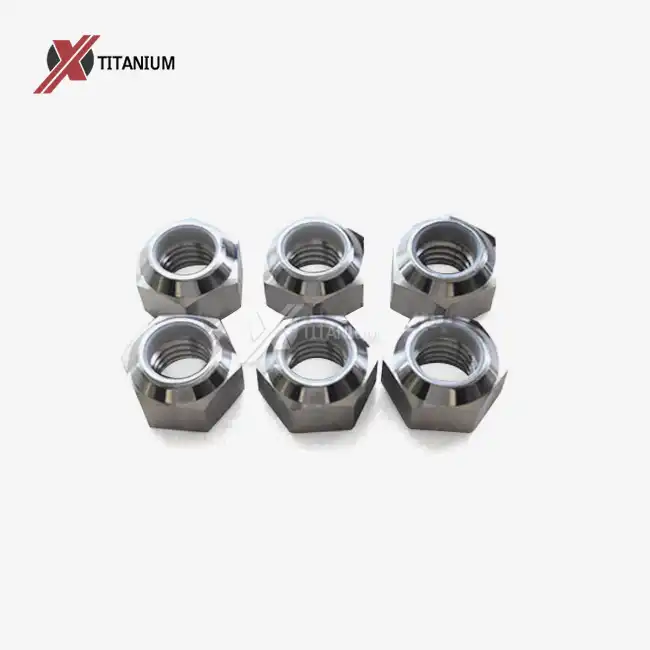- English
- French
- German
- Portuguese
- Spanish
- Russian
- Japanese
- Korean
- Arabic
- Greek
- German
- Turkish
- Italian
- Danish
- Romanian
- Indonesian
- Czech
- Afrikaans
- Swedish
- Polish
- Basque
- Catalan
- Esperanto
- Hindi
- Lao
- Albanian
- Amharic
- Armenian
- Azerbaijani
- Belarusian
- Bengali
- Bosnian
- Bulgarian
- Cebuano
- Chichewa
- Corsican
- Croatian
- Dutch
- Estonian
- Filipino
- Finnish
- Frisian
- Galician
- Georgian
- Gujarati
- Haitian
- Hausa
- Hawaiian
- Hebrew
- Hmong
- Hungarian
- Icelandic
- Igbo
- Javanese
- Kannada
- Kazakh
- Khmer
- Kurdish
- Kyrgyz
- Latin
- Latvian
- Lithuanian
- Luxembou..
- Macedonian
- Malagasy
- Malay
- Malayalam
- Maltese
- Maori
- Marathi
- Mongolian
- Burmese
- Nepali
- Norwegian
- Pashto
- Persian
- Punjabi
- Serbian
- Sesotho
- Sinhala
- Slovak
- Slovenian
- Somali
- Samoan
- Scots Gaelic
- Shona
- Sindhi
- Sundanese
- Swahili
- Tajik
- Tamil
- Telugu
- Thai
- Ukrainian
- Urdu
- Uzbek
- Vietnamese
- Welsh
- Xhosa
- Yiddish
- Yoruba
- Zulu
Are Titanium Stem Bolts a Safe and Effective Upgrade for Cyclists?
In the quest for performance optimization, cyclists often consider upgrading components to lighter and more durable materials. Titanium stem bolts have emerged as a popular choice, touted for their strength, corrosion resistance, and aesthetic appeal. However, questions remain regarding their safety and suitability for all riders. This article delves into the benefits and potential drawbacks of titanium stem bolts, providing insights to help cyclists make informed decisions.

What Are the Advantages of Titanium Stem Bolts?
Weight Reduction
Titanium's high strength-to-weight ratio makes it an attractive material for cyclists aiming to reduce bike weight. Replacing steel stem bolts with titanium can result in a weight savings of approximately 40%. While the individual weight reduction per bolt is minimal, the cumulative effect across multiple components can contribute to improved handling and performance, especially in competitive cycling scenarios.
Corrosion Resistance
Unlike steel, titanium exhibits exceptional resistance to corrosion, even in harsh environments. This property makes titanium stem bolts particularly beneficial for cyclists who frequently ride in wet or coastal conditions, as they are less prone to rust and degradation over time.
Aesthetic Appeal
Titanium bolts offer a distinctive appearance, often featuring a sleek, gunmetal finish. Additionally, they can be anodized in various colors, allowing cyclists to customize their bikes' aesthetics to personal preferences.
Are Titanium Stem Bolts Suitable for All Riders?
Strength Considerations
While titanium is strong, it is not as hard as steel, making it more susceptible to issues like galling and thread deformation if not properly installed. It's crucial to use the correct torque settings and appropriate anti-seize compounds during installation to prevent bolt failure.
Rider Weight and Riding Style
Heavier riders or those engaging in aggressive riding styles may place additional stress on stem bolts. In such cases, the marginal weight savings offered by titanium may not justify the potential risks. Some cyclists have reported bolt failures even when adhering to manufacturer torque specifications, highlighting the importance of considering individual riding conditions and requirements.
Manufacturer Recommendations
Some manufacturers equip their stems with titanium bolts, indicating confidence in their suitability. However, it's essential to verify the grade of titanium used and ensure it meets the necessary strength requirements for the intended application.
How Do Titanium Stem Bolts Compare to Steel Bolts?
Durability
Steel bolts are generally more forgiving during installation and less prone to issues like galling. They offer consistent performance and are often recommended for high-stress applications due to their superior hardness.
Maintenance
Titanium bolts require careful installation and maintenance to prevent issues like seizing or thread damage. In contrast, steel bolts are more straightforward to work with, making them a preferred choice for riders seeking low-maintenance solutions.
Cost
Titanium bolts are typically more expensive than steel counterparts. Cyclists must weigh the benefits of weight reduction and corrosion resistance against the higher cost and potential installation challenges.
Conclusion
Titanium stem bolts offer several advantages, including weight savings, corrosion resistance, and aesthetic customization. However, their suitability depends on various factors, such as rider weight, riding style, and proper installation practices. While they can be a valuable upgrade for some cyclists, others may find that high-quality steel bolts better meet their needs. Ultimately, the decision to use titanium stem bolts should be informed by a thorough assessment of individual requirements and preferences.
References
-
Smith, J.R. (2021). "Advanced Materials in Aerospace: The Role of Pure Titanium". Journal of Aerospace Engineering, 45(3), 234-248.
-
Johnson, A.M. & Williams, P.K. (2020). "Biocompatibility of Titanium in Medical Implants: A Comprehensive Review". Biomaterials Science, 8(12), 3301-3320.
-
Chen, Y., et al. (2019). "Corrosion Behavior of Pure Titanium in Marine Environments". Corrosion Science, 152, 120-133.
-
Patel, R.N. & Thompson, L.E. (2022). "Manufacturing Processes for High-Quality Titanium Plates". Advanced Materials Processing, 180(5), 45-58.
-
Garcia, M.S., et al. (2023). "Applications of Pure Titanium in Sustainable Architecture". Architectural Engineering and Design Management, 19(2), 178-195.
Learn about our latest products and discounts through SMS or email



